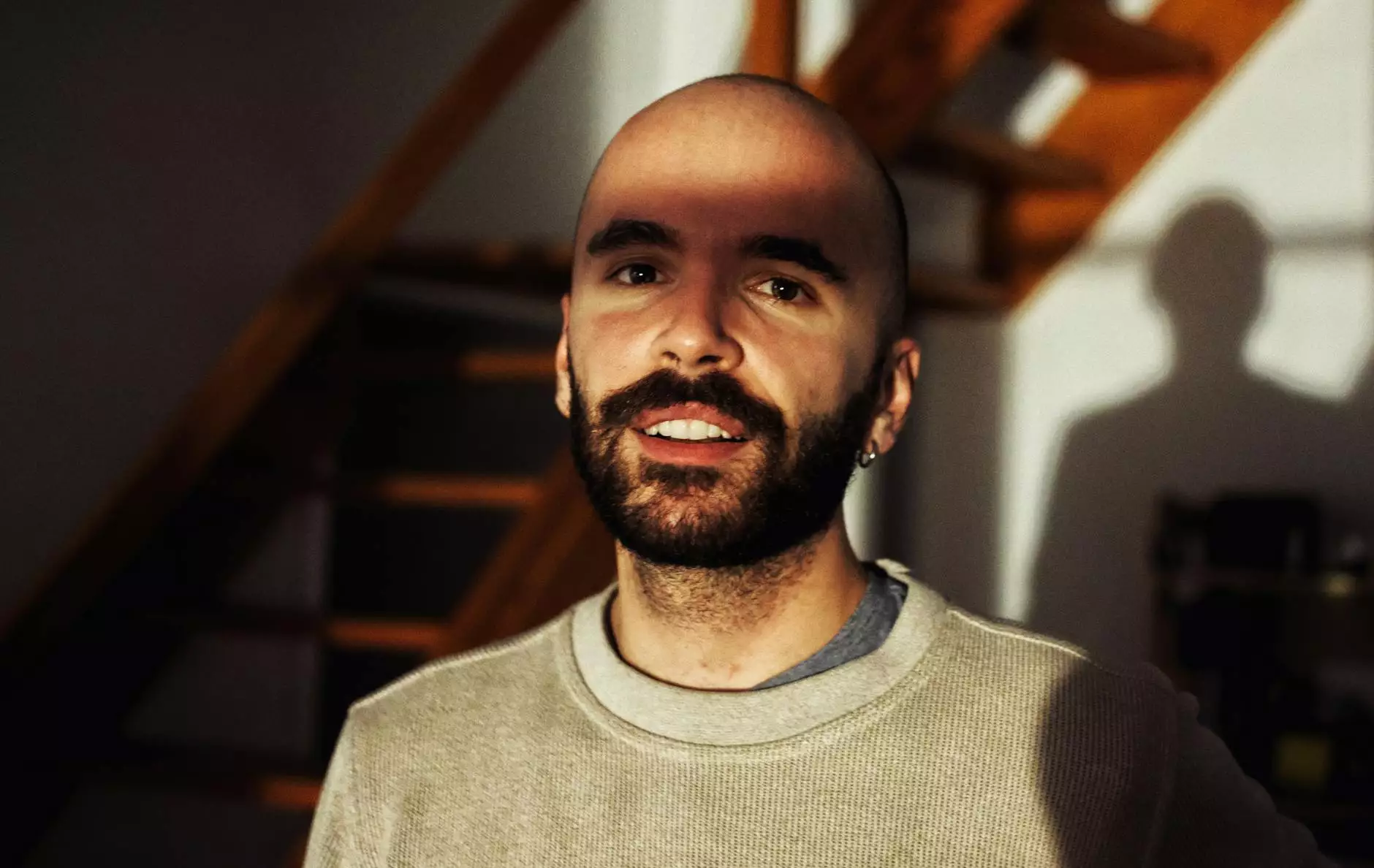Complete Guide to Moustache Transplantation: Achieving Your Ideal Facial Hair

The desire for a fuller, more defined moustache has intensified amid modern grooming trends and personal style statements. Many men seek to enhance their facial aesthetics through moustache transplantation, a revolutionary procedure that offers a permanent solution for those struggling with patchy or thin moustache growth. With advancements in medical technology, understanding the intricacies, benefits, and process of moustache transplantation enables you to make informed decisions and achieve a natural, masculine look tailored to your preferences.
What is Moustache Transplantation?
Moustache transplantation is a specialized surgical procedure that involves harvesting hair follicles from a donor area—typically the back of the scalp—and transplanting them to the upper lip region to create a dense, well-shaped moustache. This procedure is rooted in the principles of follicular unit transplantation (FUT) or follicular unit extraction (FUE), both of which ensure minimal scarring and optimal hair survival.
The Evolution of Facial Hair Restoration: Why Choose Moustache Transplantation?
Men with genetic predispositions, hormonal imbalances, or scarring from injury often face challenges in growing a full moustache naturally. Traditional methods like topical treatments and grooming techniques can only provide limited results. Moustache transplantation stands out by offering a permanent solution that seamlessly blends with existing hair, restoring confidence and enhancing facial harmony. The rise in popularity is driven by:
- Natural Results: The transplanted hair grows and behaves like natural facial hair.
- Permanent Enhancement: Once transplanted, the hair remains permanently, provided the right technique and aftercare.
- Customization Flexibility: The shape, density, and style of the moustache can be personalized according to individual preferences.
- Minimal Downtime: Modern minimally invasive techniques reduce recovery time and discomfort.
Who is an Ideal Candidate for Moustache Transplantation?
The ideal candidates for moustache transplantation include men who:
- Experience patchy or uneven moustache growth due to genetics or scarring.
- Have sufficient hair on the donor scalp with healthy follicles suitable for transplantation.
- Are in good overall health without medical conditions that impair healing.
- Seek a permanent, natural-looking moustache that requires low maintenance.
- Are realistic about the results and understand the process involved.
The Step-by-Step Process of Moustache Transplantation
1. Consultation and Planning
The journey begins with a comprehensive consultation with a qualified specialist in medical centers for moustache transplantation. During this phase, your facial structure, hair type, and aesthetic goals are assessed. Digital imaging and possibly 3D modeling help visualize the prospective results, ensuring alignment with your expectations.
2. Donor Area Preparation
The donor hair roots are typically harvested from the back or sides of the scalp, where hair growth is denser and hormonally resistant to losing hair. The donor area is numbed with local anesthesia, and a small strip of scalp tissue (FUT) or individual follicles (FUE) are carefully extracted.
3. Hair Follicle Extraction and Preparation
Extracted follicles undergo meticulous processing to preserve their vitality and ensure natural growth post-transplant. In the case of FUE, individual follicular units are harvested using a specialized punch tool, minimizing scarring. For FUT, the strip is dissected into individual follicular units under a microscope.
4. Recipient Site Creation
The surgeon strategically creates tiny incisions in the moustache region, considering natural hair direction, density, and style preferences. Precision during this stage is crucial to achieving a seamless, natural appearance.
5. Transplantation of Hair Follicles
The prepared follicles are carefully implanted into the recipient sites. This delicate work demands expertise to replicate natural hair growth patterns and ensure optimal survival and growth.
6. Post-Procedure Care and Recovery
After the surgery, patients are provided with detailed aftercare instructions to promote healing and hair growth. Mild swelling, redness, or scabbing around the treated area is common but temporary. Most patients can return to normal activities within a few days.
Expected Results and Growth Timeline
The transplanted hair typically sheds within the first 2-3 weeks post-procedure. New hair growth begins around 3-4 months, with significant improvement seen at 6-9 months. Full maturity of the moustache and the desired density is usually achieved within 12-15 months, offering a natural, permanent enhancement.
Advantages of Choosing a Specialized Medical Center for Moustache Transplantation
Selecting an advanced medical center like hairtrans.net is essential for achieving high-quality results. Professional clinics offer:
- Experienced Surgeons: Expertise in facial hair restoration techniques.
- State-of-the-Art Technology: Latest equipment and minimally invasive procedures.
- Customized Treatment Plans: Tailored approaches aligned with individual facial features and style goals.
- Comprehensive Aftercare Support: Guidance to maximize success and address any concerns.
- High Success Rates: Proven track record of delivering natural, permanent results.
The Benefits of Moustache Transplantation for Personal and Professional Confidence
Beyond aesthetic appeal, a well-groomed moustache enhances personality and confidence. It can influence social perceptions, professional impressions, and personal self-esteem positively. Men who previously felt constrained by patchy growth or inconsistent facial hair patterns find moustache transplantation to be a liberating procedure, unlocking a new level of self-assurance.
Common Myths and Truths About Moustache Transplantation
Myth 1: The Procedure Looks Unnatural or Artificial
Truth: With modern techniques and expert planning, results are highly natural and tailored to your facial features.
Myth 2: It’s Too Expensive
Truth: While the upfront cost varies, it is a permanent solution that negates ongoing treatments like topical or cosmetic procedures.
Myth 3: Transplanted Hair Falls Out Quickly
Truth: Proper technique ensures the transplanted hair is permanent; initial shedding is normal, but new hair growth follows.
Choosing the Right Medical Center for Moustache Transplantation
When selecting a clinic, consider:
- Board-certified surgeons experienced in facial hair restoration.
- Positive patient reviews and before/after photos.
- Accreditation of the facility and adherence to safety standards.
- Availability of post-surgery support and follow-up care.
- Consultation transparency and patient education.
Conclusion: Transform Your Facial Aesthetic with Confidence
The pursuit of a well-defined, full moustache is more accessible than ever through the advancements of moustache transplantation. By choosing a reputable, experienced medical center and understanding the process involved, you can confidently embark on this transformative journey. Achieve not only a new style but also renewed self-esteem and confidence that radiates in personal and professional environments.
For those seeking expert care and natural results, hairtrans.net offers cutting-edge solutions in Health & Medical and Medical Centers categories. Empower yourself today with the knowledge and facility to realize your ideal facial hair look through moustache transplantation.









